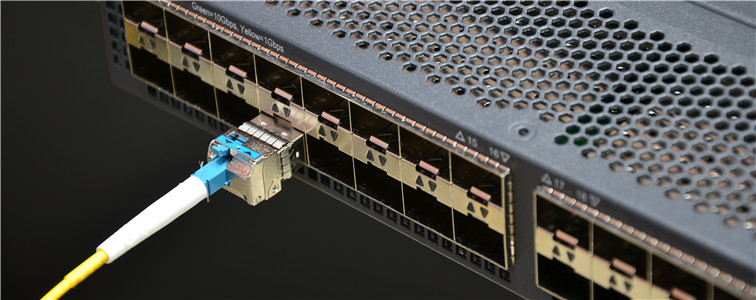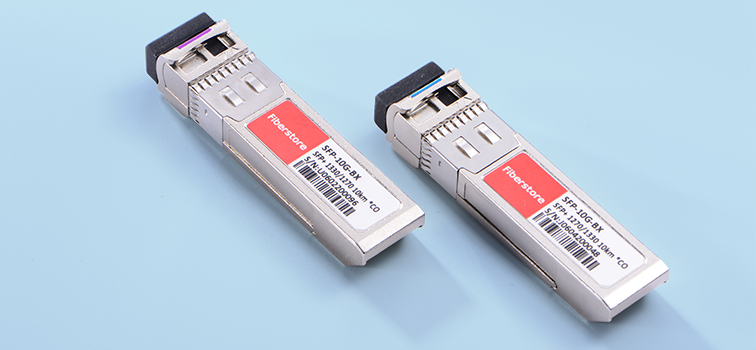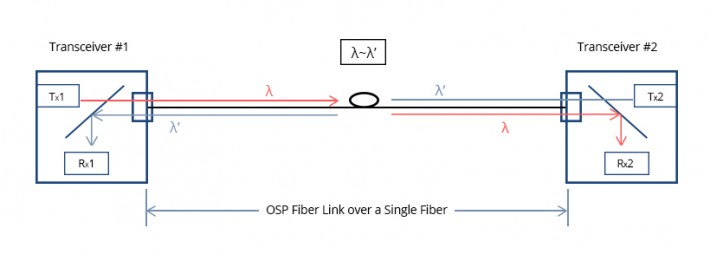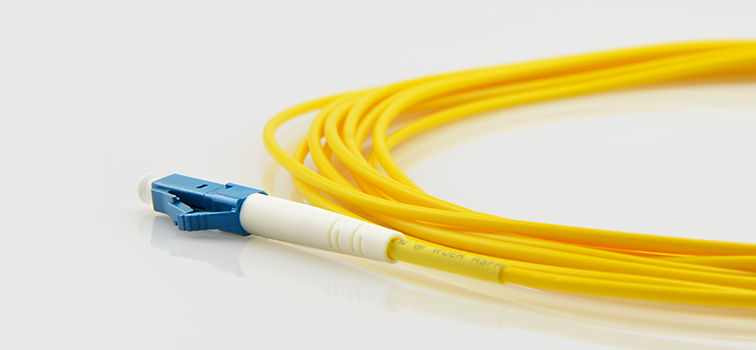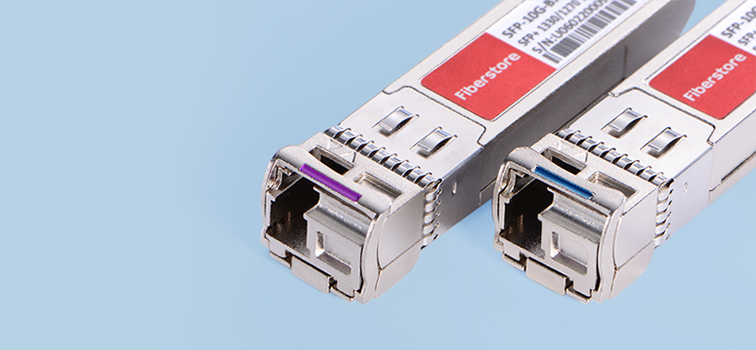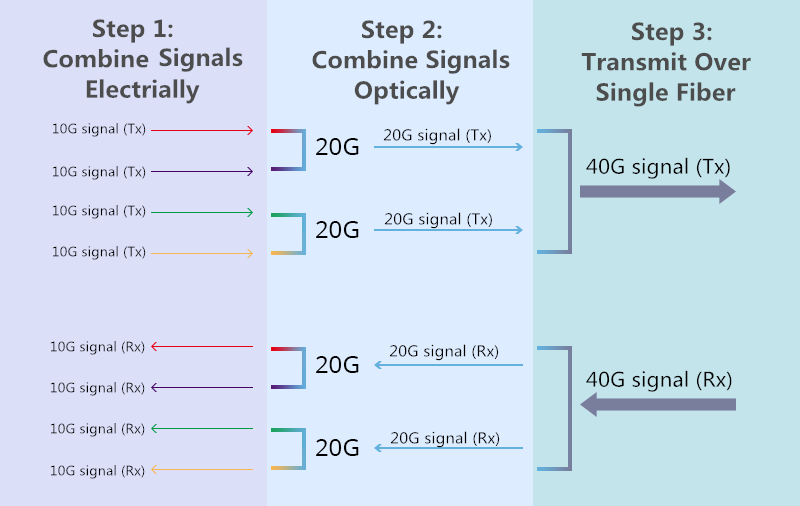More and more fiber optic cables are adding to the existing fiber optic network. Technicians are facing the challenges to detail with thousands or more fiber patch cables. Well organized fiber patch cable and fiber cabling system are no longer enough for the increasing need. The fiber patch cables used in data centers should still have reliable and stable performance under repeat connections and disconnections. To find the best solution for fiber patch cables in high density data center and server room. The most urgent current demands should be considered.
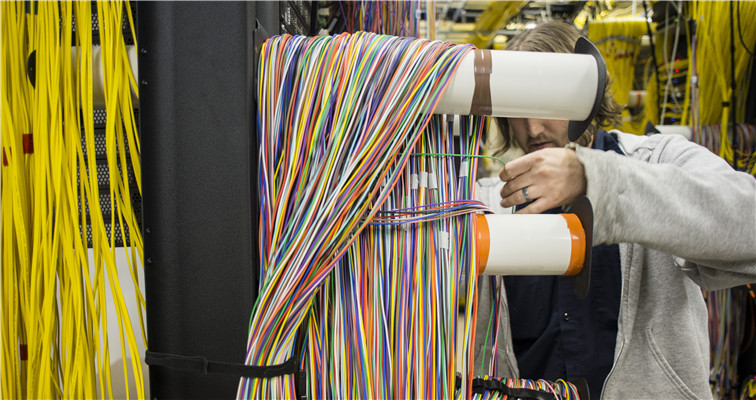
There are mainly two problems in data center for fiber cabling. One is too many fiber cables installed in limited spaces. The other one is the property of fiber optic cable which requires careful operation during cabling.
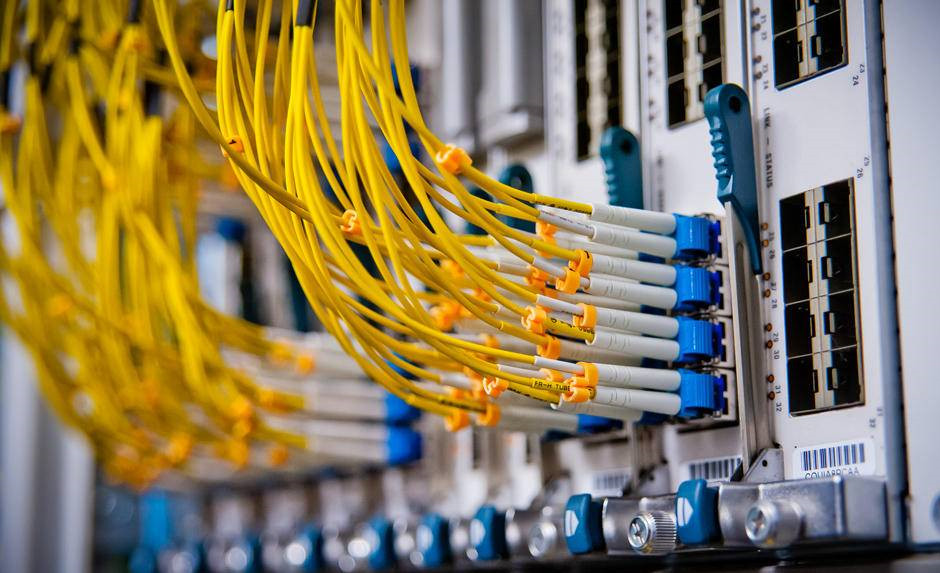
Decrease Fiber Patch Cable Space Requirement With Uniboot Design
As more and more devices are added in data center, decrease fiber count in data center is not that easy. Thus, decrease the space requirement for each fiber optic patch cable is relatively easier. Decrease cable diameter is suggested. Smaller fiber cable diameter is preferred in data center now. New versions of duplex fiber patch cables like LC uniboot fiber patch cables are invented. The following picture shows one end of the LC uniboot fiber patch cable. This type of duplex fiber cable has a smaller cable diameter than that of traditional duplex zipcord fiber cable. And the uniboot design has lower space requirement for connector boot.
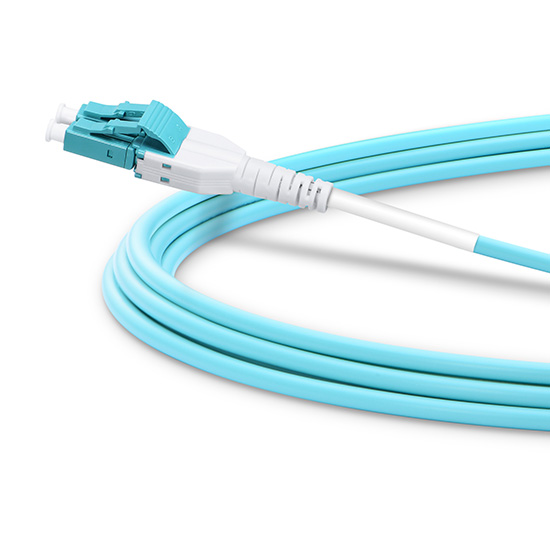
Provide Easier Finger Access With Push Pull Tab
However, even the sizes of the fiber cable and connector boot are decreased. The port type like LC, SC and MTP cannot be changed directly. There is still finger access problem at the device port is the devices like switches and fiber enclosure are fully loaded with fiber patch cables. Then a push pull tab is being added to the connector body. The following picture shows the details of LC uniboot fiber patch cable with push-pull tab.
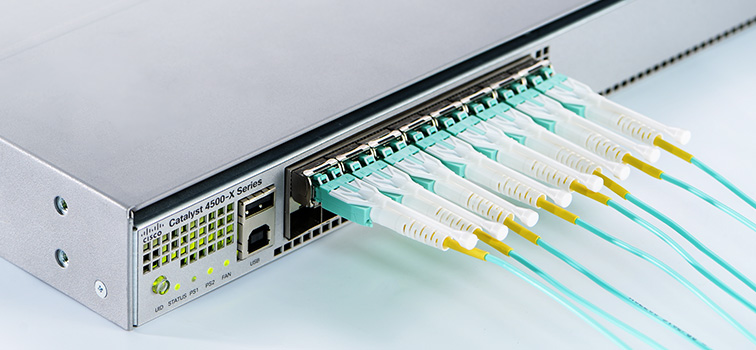
With the help of this small but useful push-pull tab, data center technicians not only have easier access to every port, but also enjoy easier connecting and disconnecting of every individual fiber patch cable in high density cabling environment without affecting any other fiber links near it. There is also high density push-pull MTP-LC breakout cable available in FS.COM.
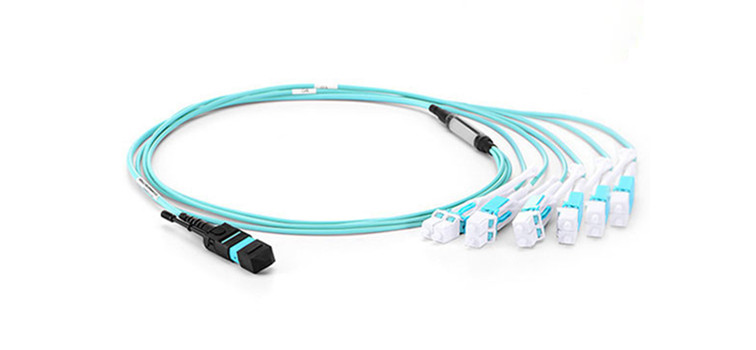
Use Bend Insensitive Fiber Cable for Flexible Cabling
Data center technicians are required to operate the fiber patch cables very carefully to decrease the bend loss. The using of bend insensitive fiber cable can offer a much flexible and easy cabling environment for the data center technicians. The worrying of bend loss can be eliminated.
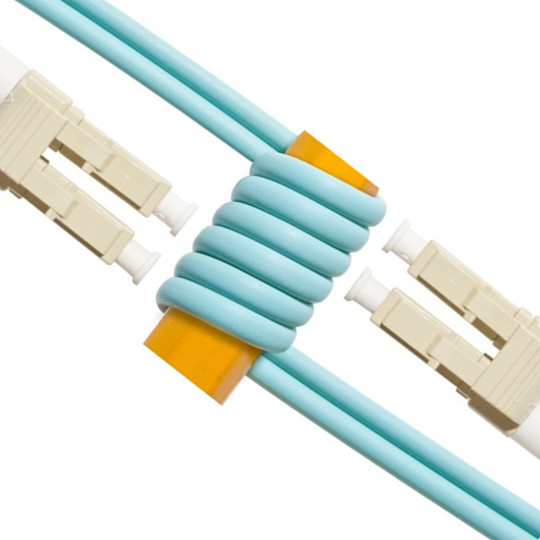
As the above mentioned, to build a high density cabling environment, uniboot fiber patch cable and high density push-pull tab fiber patch cables are being invented. To offer an easier and flexible cabling environment with high performance, bend insensitive fiber cables are suggested. What if we add all these great advantages into a single length of fiber patch cable? Here introduces the very special but useful LC bend insensitive uniboot fiber patch cable with push-pull tab (shown in the following picture).
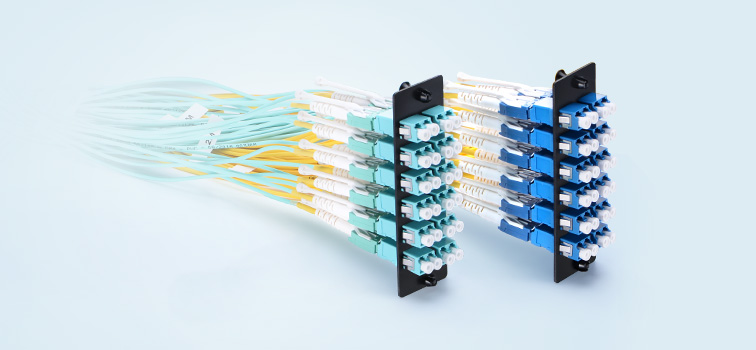
This LC uniboot fiber patch cable has all the above mentioned advantages for space saving, easy finger access and flexible cabling with lowest bend loss. These LC uniboot fiber patch cables of different fiber types and cable lengths are available in FS.COM. If you are looking for some fiber patch cables to add more beneficial to your data center, you can consider this LC Push-Pull bend insensitive uniboot fiber patch cable.

